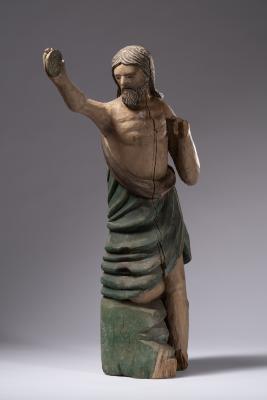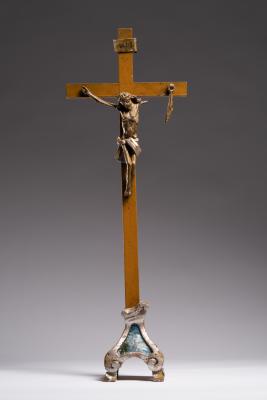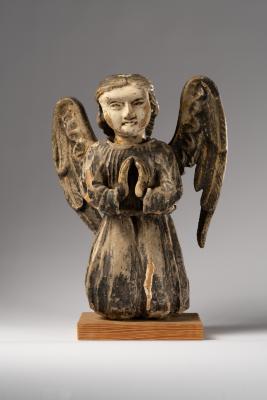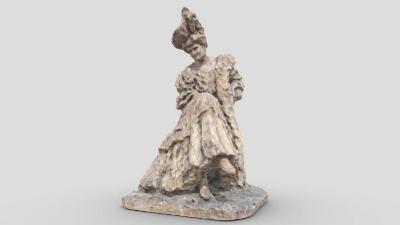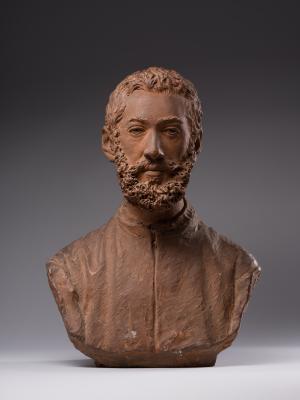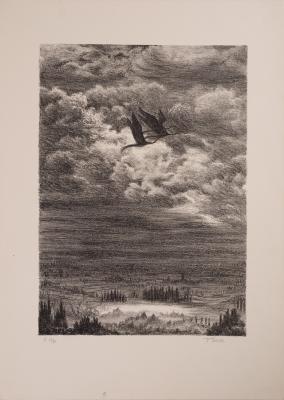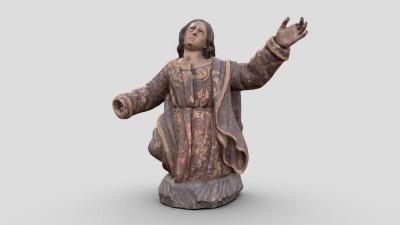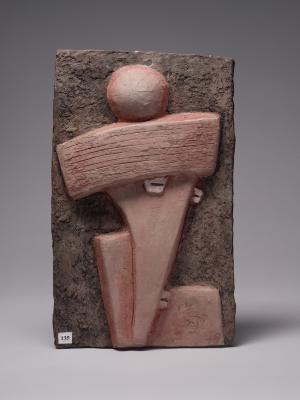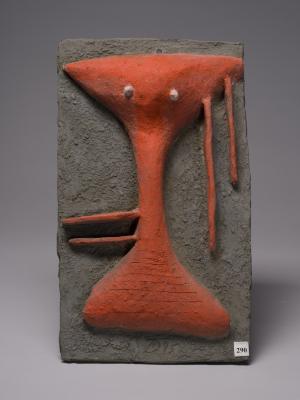In 1815, Pinelli made the work titled La Predica in Piazza in the series Costumi di Roma for the album Nuova Raccolta di Cinquanta costumi pittoreschi incisi di acqua forte (New Collection of Fifty Picturesque Costumes) that was issued in 1816 by the publishing house Nicola de Antoni impresse, Ignazio Pavon Offre e Dedica in Rome (it was later reprinted in 1817). The engraving from the Lviv collection, in contrast to its first version, shows fewer architectural details and a smaller crowd of people in front of the preacher. However, the Capuchin monk, preaching on the podium and holding the crucifix in his hand, is shown as a persuasive, expressive speaker (unlike the previous engraving, where the preacher is depicted as a calm and old monk). Next to him, two Capuchin brothers with hoods on their heads are shown on their knees, holding lanterns with oil lamps. On the right, there is an exalted audience fascinated by the sermon. The artist depicted people of different classes. In the foreground, one can see a legless cripple. The simple and fast drawing is painted with contrasting watercolours; the artist actively used brown and light grey, except for the figures on the right, which are painted in bright colours.
Capuchin Monks or The Order of Friars Minor Capuchin (Ordo Fratrum Minorum Capucinorum) is a Catholic order that separated from the Franciscans in the 16th century. The Capuchins were characterized by charity and asceticism. Their clothing consisted of a brown soutane with a hood sewn to it, a rope with a knot on the belt (a symbol of the inviolability of vows), and sandals worn on their bare feet.









